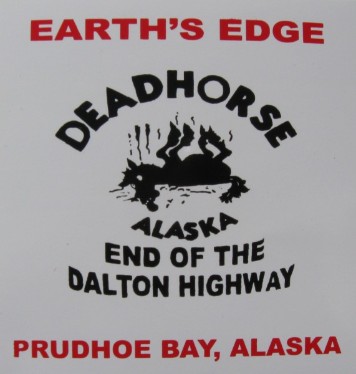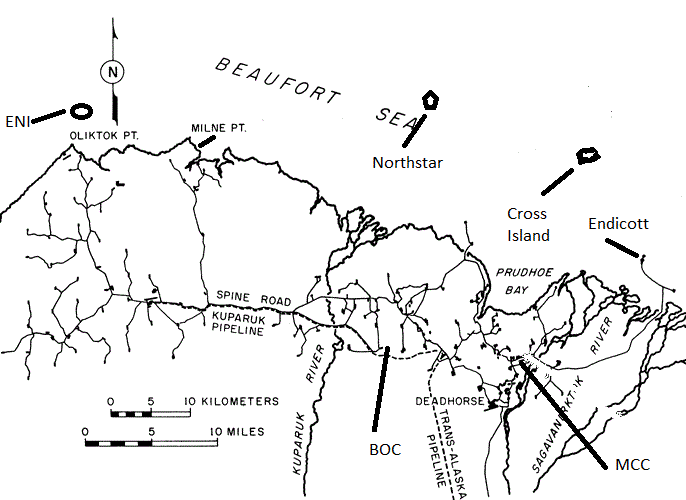Michael Cirone, PA-C |
||
Prudhoe Bay is also known as Deadhorse, Alaska.    LINKS |
Welcome to my site. I am a physician assistant (PA) working in Prudhoe Bay, Alaska performing remote medical services for a large oil company. This is called the "North Slope." We provide urgent care, occupational health, and emergency medicine services. We work two or three weeks on at the remote site, and then travel home for two or three weeks, and then back again. This tour of duty is called a "hitch." There are several medical clinics on the Slope, all staffed with physician assistants as the main provider. There are volunteer emergency medical technicians (EMT) that comprise what we call the MERT team (medical emergency response team). The PA is responsible for their training and medical direction in the event of an emergency. Our supervising physicians are emergency room doctors in Anchorage, about 800 miles away. Oil workers report to the clinic for ailments that range from respiratory infections, orthopedic injuries, asthma, and GI complaints to major trauma and myocardial infarction. Workers that need more definitive care are stabilized by the PA at the clinic and then sent by medevac (medical evacuation) to Anchorage (about 800 miles away). Depending on weather conditions, this transfer may not be immediate. In-fact a transfer can takes 8, 12, 16, or more hours based on conditions. PRUDHOE BAY FACTS Also called the North Slope of Alaska, it is the largest oil field in North America. It is entirely covered in a "permafrost, which means the soil about two feet down from the surface remains in a permanent frozen state year round. In fact, buildings are built on stilts so they do not sit on the ground which would cause the ground to thaw and create an unstable structure. The sun does not set from mid May thru mid July and the sun does not rise from mid November thru mid January. That's right, no sunlight for two months. Prudhoe bay is located in northern Alaska at the Beufort Sea and Arctic ocean. It lies about 250 miles above the arctic circle and 1200 miles from the North Pole. It is where the Alaskan Pipeline starts it's journey south for 800 miles to the port of Valdez. The North Slope consists of 88,000 square miles of flat, treeless terrain. It is slightly larger than the state of Idaho. The developed area is only about 312 square miles. Common wildlife includes polar bear, grizzly bear, caribou, and the arctic fox. The weather can vary from one end of the slope to the other. Temperatures can range from -25F in February to 50F in July. Of course the wind chill drastically affects these numbers and causes temperatures in the -50 to -60F range. The wind chill can even causes temperatures as low as minus 115F. |
|